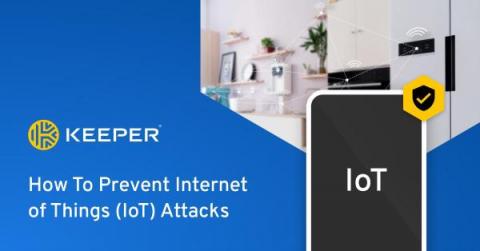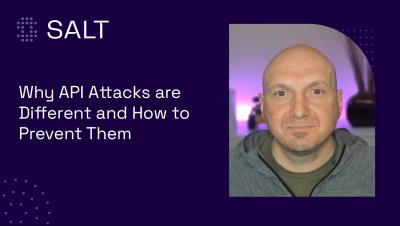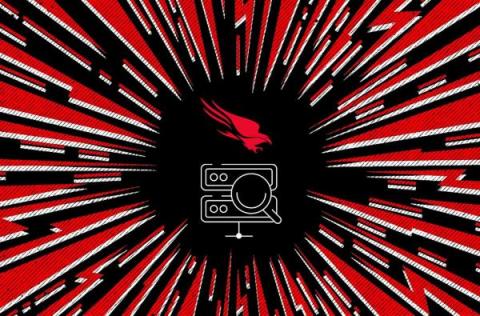Phishing Campaigns Are Now Targeting the Hospitality and Tourism Ponds
A phishing campaign is targeting the tourism and hospitality industries, according to researchers at Votiro. “In this instance, the hacker booked a room at an international hotel and submitted a request for the hotel to get in touch with them immediately via WhatsApp about an urgent issue,” the researchers write. “Once the hotel employee engaged the customer over WhatsApp, the hacker responded with their request.













